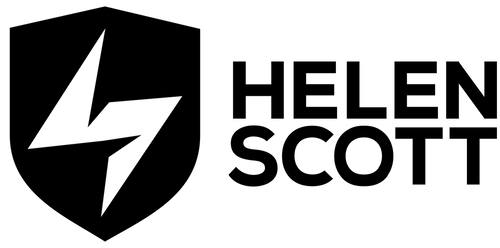Creating content can be a daunting prospect. It might be a blog post, a video, a talk, a presentation or something like a Twitter thread. However, I’ve found that considering just three things can help to crystallise your ideas and help make your content amazing.
-
Your Experience 🎓
-
Your Audience 👥
-
Your Goal 🥅
Let me explain.
Photo by Artem Maltsev on Unsplash
Your Experience 🎓
Often people are reluctant to create content, citing something like it’s all been done before. No, it hasn’t; no one has created the content you want to create with your experience, knowledge, and approach. Besides, even if they have, it needs saying again, because no one was listening. Your experience is unique. No one else has it, and that is why your content needs to be created.
The other statement that I hear a lot is I don’t know enough about it to create content on it. It’s as though we get to a certain point in our learning and then conveniently forget that we were all beginners at some point. We then extrapolate this and decide that creating content with our limited knowledge isn’t worthwhile because everyone knows more than us. How crazy is that? Everyone is on a journey of learning and exploration; that’s life.
So it hasn’t all been done before, and content of all experience levels is helpful and valuable. When you create content, think about your experience (not your lack of). Here are some questions you can consider for your experience:
- What resources did you use when you learned the thing? Sharing resources you found useful will help others.
- What did you struggle with? Sharing your struggles is very helpful as many other learners will also struggle with the same thing you did.
- What was unique about your experience? We all have different learning experiences. Sharing your specific hints and tips is really useful for other learners.
Your Audience 👥
Your audience are the people that will benefit from consuming the content that you’re going to create. It’s especially important to consider them if they are a group of people who are paying for your content (such as a conference). Consider their needs and requirements, but not to the detriment of your skills and experience. What I mean by that is don’t try and create content on something you’re not knowledgeable or comfortable with just because that’s what the audience wants. That’s not your audience! In addition, if you create content for an audience that is too far from your knowledge and experience, you risk not being authentic, which will hinder you on your content creation journey.
Remember that your audience are just like you. They have learning goals and aspirations, and they want to learn too. That’s why they are consuming your content. So here are some questions you can consider for your audience:
- What are the learning goals and experiences of your audience?
- What will help the audience to achieve their goals with your content?
- What can you share with the audience by way of signposts for additional learning?
Your Goal 🥅
The goal for your content is arguably the most simple of the three parts of my content framework, but it’s also the one that you probably will have to remind yourself of the most. What is the goal of the content you want to create? Here are some questions to ask yourself:
- What do you want your audience to take away from consuming your content?
- What kind of platform is most helpful for your content goal? A blog post, a video, a talk, a Twitter thread?
- Is this content part of a bigger story you want to tell over time, and thus you have many smaller goals? If so, how will you represent that through content signposts?
So, Why Not You?
Each time you create content, consider your experience, the goals of your audience, and the goal of your content. Go ahead and create awesome content! Here are some resources for content creation that I’ve enjoyed and learned from:


